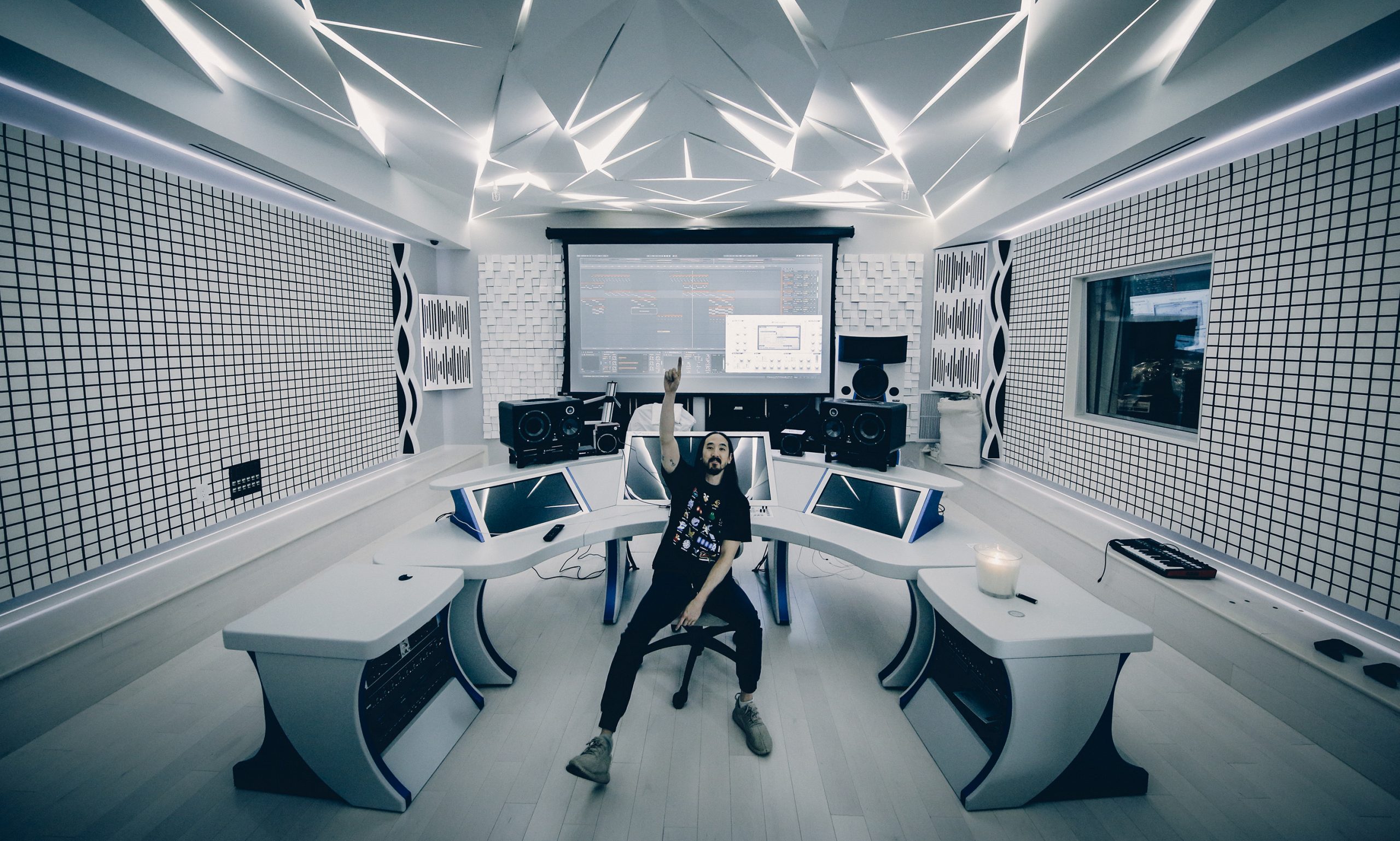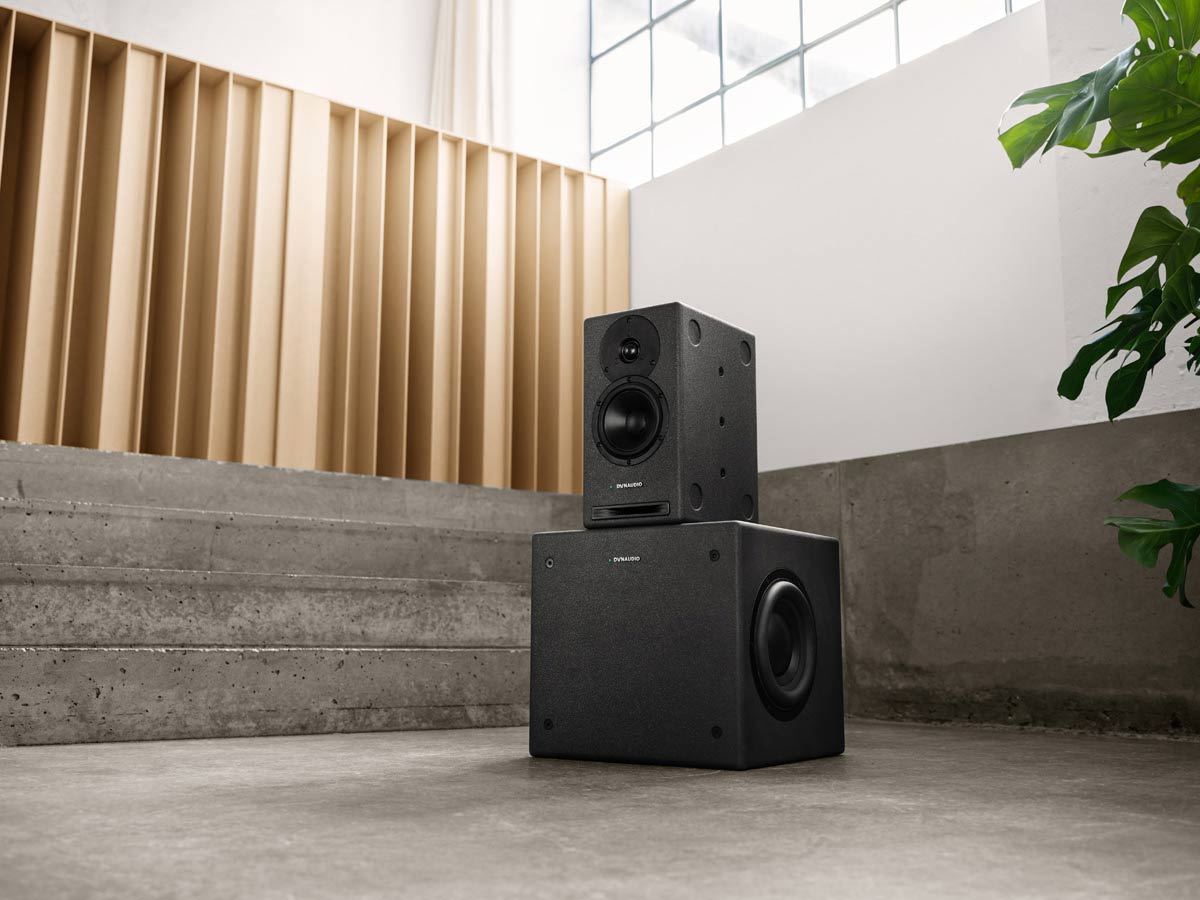Can the new Apple HomePod reboot interest in smart speakers and spatial audio?
Apple is having another crack at the smart speaker market, with a second generation HomePod. Has this new high-end all-in-one got what it takes to succeed? Steve May reports
“Hey Siri, impress me with some spatial audio…”
With its second generation Homepod smart speaker, Apple hopes to seduce music lovers already sold on the convenience of voice control, with the immersive allure of spatial audio and higher-fidelity.
Smart speakers may have sold in their millions, but this particular combination has been difficult to crack.
 Outside of the Echo Studio from Amazon, well regarded because it touts a trio of 51mm mid-range drivers (one of which is up-firing), a downward-firing 5.25-inch bass woofer and 25mm tweeter, smart speakers are largely cheap and monophonic.
Outside of the Echo Studio from Amazon, well regarded because it touts a trio of 51mm mid-range drivers (one of which is up-firing), a downward-firing 5.25-inch bass woofer and 25mm tweeter, smart speakers are largely cheap and monophonic.
Those that want to enjoy spatial audio, will probably listen with headphones, taking their chosen Dolby Atmos streams as a binaural render.
It would be nice to think consumers are lining up to buy the HomePod Mk 2. The smart speaker market could do with a fillip.
According to the analysts at Futuresource, the sector is currently in the doldrums, as ownership levels in the Western world, and China, reached saturation. Back in 2021 Bloomberg reported that Amazon had concluded that the market for smart speakers had already ‘passed its growth phase.’
Analysts estimate that around 104 million smart speakers and displays shipped last year, with the market expected to decline slightly to 103m in 2023. The category appears to be at something of a crossroads, says Guy Hammett, Senior Market Analyst Futuresource, with both Google and Amazon seemingly questioning the benefits of the current business model which sees them selling devices at or below BOM (Bills of Material) cost.
Could spatial audio provide a much needed growth spurt? Even as users were tiring of asking Alexa to jump through hoops for fun, a shift to Dolby Atmos music production was already well underway.
Amazon may be the market leader in the smart device industry, selling nearly 10 million smart speakers in the first quarter of 2022 alone, but Apple remains in a strong position, thanks to its smartphone dominance.
So does this second gen HomePod have what it takes to untether spatial audio from headphone ubiquity?
Retailing for £299/$299, the new speaker certainly ticks a lot of boxes.
Design is an obvious Apple strong point – available in white or Midnight, the latter made with recycled mesh fabric, the new HomePod looks suitably premium – but there’s some solid audio hardware under the hood, too.

To bring spatial audio home, the new Homepod employs a custom-engineered high-excursion 20 mm woofer, with a fistful of beamforming tweeters arranged around the base. The speaker is able to determine if it’s up against a wall or freestanding, recognising sonic reflections from nearby surfaces, and then adapts its sonic output accordingly. Buyers are promised ‘a groundbreaking listening experience’ through advanced computational audio. Not exactly a rock ‘n’ roll endorsement, but we’ll take it.
Dolby Atmos audio can be delivered by a single HomePod, or from two paired speakers. It’ll also do whole-home multiroom audio using AirPlay.
We asked John Johnson, Chief Technology Officer at pro audio equipment supplier HHB, if Apple has got the mix right with this pricey new smart speaker entrant…
“I think Apple has done a great job delivering what is essentially a Dolby Atmos immersive audio experience from a single box,” he told us, “while integrating with the wider Apple ecosystem – much in the same way that Amazon had the Echo Studio as an enhanced and immersive audio version of its Echo speaker range.”
As for the asking price, Johnson is sanguine: “Very few smart speakers which are capable of spatial or immersive audio are cheap. While the binaural headphone experience is easy to deliver to the mass market with a low barrier to entry, smart speakers have to do the heavy lifting in a very different, competitive and variable consumer space.”
While Amazon’s Alexa may boast the lion’s share of skills, this new HomePod channels smart home automation with equal conviction. It can notify users if it hears a smoke or carbon monoxide alarm, and it will issue temperature checks. The HomePod also integrates with accessories that conform to the Matter smart home interoperability standard. It’s eyes are very much on the future.
However, Ardit Ballhysa, Technology Analyst at GlobalData, believes that Siri is still too basic, and this second-generation HomePod too expensive, for it to significantly shake up the smart home speaker status quo

“It offers no features that are not present in either the original HomePod or the HomePod Mini. Moreover, at $299, users will do well to avoid it, particularly during the current economic climate,” he says.
“After experiencing low sales driven by its high price, Apple discontinued the original HomePod in 2021. Therefore, its decision to re-introduce the HomePod into its portfolio at exactly the same price, with no exclusive features, is worthy of a good head-scratch.”
For the same price, suggests Ballhysa, consumers can purchase three Nest Audio’s from Google or one Echo Studio and an Echo from Amazon.
“Aside from having multiple products, consumers would also get smart home speakers that are compatible with thousands more smart home accessories.”
Ballhysa believes that Google Assistant is far superior to Apple’s Siri in terms of its smart features and capabilities.
“Competition aside, Apple’s decision to remove the number of tweeters in the new HomePod from seven to five does not serve it well. Yes, there is a case to be made that software is just as important to sound quality as the hardware itself, but would it have been too much to ask if, alongside the new software, Apple kept the same number of tweeters as before?”
 Clearly, Ballhysa doesn’t put a great deal of store in the HomePod’s spatial audio talents.
Clearly, Ballhysa doesn’t put a great deal of store in the HomePod’s spatial audio talents.
Is this indicative of public awareness when it comes to spatial audio? Johnson tells Audio Media International that the business is getting there, albeit at a leisurely pace.
“In my opinion, Apple more so than any other company, is pushing spatial audio,” he says. “If anything, they took a technology with roots that go back a long way and rebranded it with a modern production twist.”
Ironically, Apple is also helped by having Amazon champion spatial audio. “Realistically, not everyone is part of the apple ecosystem, and Amazon is probably the next biggest player in that market, which covers a good percentage of the population.”
Of course Dolby Atmos isn’t the only immersive music format in town. Sony continues to push its own 360 Reality Audio standard with a gusto that recalls the format battle heyday of VHS and Betamax. It has also released its own 360 Reality Audio compatible standalone smart speakers, including the compact £234 SRS-RA3000 and the living-room centric £499 SRS-RA5000. The Sony system is also supported by the Amazon Echo Studio.
Creative traction for Sony 360 Reality Audio seems to be low, though, according to HHB’s Johnson.
“Speaking honestly, it’s pretty rare that people come to talk with us about Sony 360 Reality Audio who haven’t already been delivering in Dolby Atmos, though it has happened! Most of our clients have a tendency to be working in Dolby Atmos first due to its wider adoption in industry and being a more mature tool set for content creation.
“360 Reality Audio can usually be re-rendered (broadly speaking) from the Atmos mix and use a subset of a standard Dolby Atmos speaker layout. It’s also more headphone oriented and works on smart speakers, whereas Dolby Atmos came from a theatrical cinematic background and then scaled to home entertainment for film, television and eventually music. Very generally when it comes to resolution of audio or video, it’s easier to scale down than up…”
When asked about the future of spatial audio, and the appeal of products like HomePod, Johnson suggests the industry should actually be looking beyond music.
“I believe that podcasts could be the next platform to benefit from spatial audio branding,” he says. “There’s plenty of binaural content already out there. Platforms like YouTube also have a lot of content that is flagged as ‘headphone only’ or ‘best experienced on headphones.”
Indeed, Johnson believes there needs to be a genuinely platform agnostic standard which can fully recognise the presence of headphones (wired or wireless) in order to better optimise the consumer experience.
Futuresource Consulting’s Simon Forrest agrees. As clever as the second generation HomePod is, smart speakers need to evolve further to stay relevant and allow the spatial audio business to thrive.
“To really take off again and reach the next stage of growth a new approach may be needed,” he says. “The underlying voice technology needs to advance to a stage where it becomes truly conversational and anticipates the user’s needs as opposed to the current command and control model.”
“Siri, what’s your favourite spatial audio album – and why?”






















